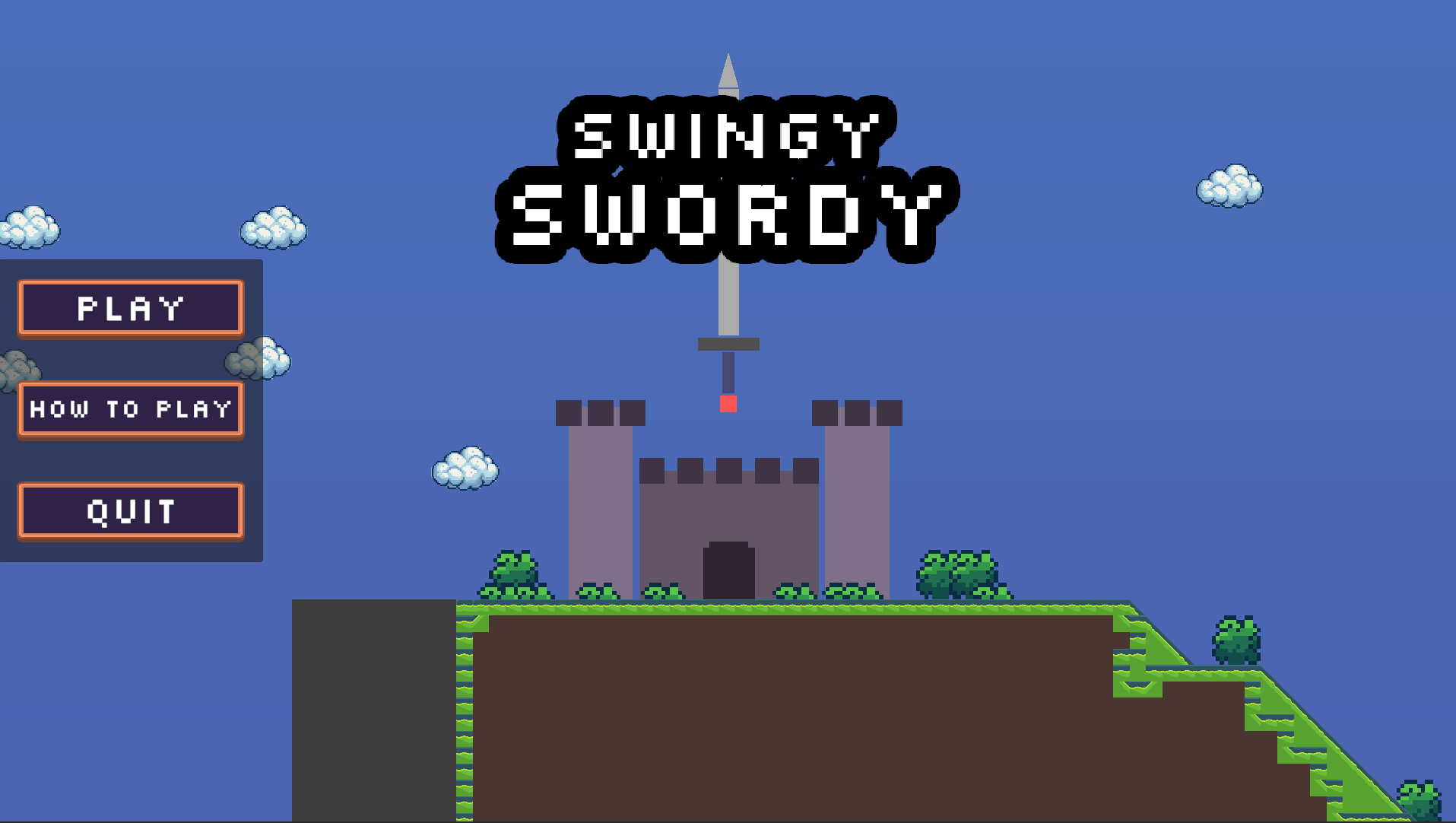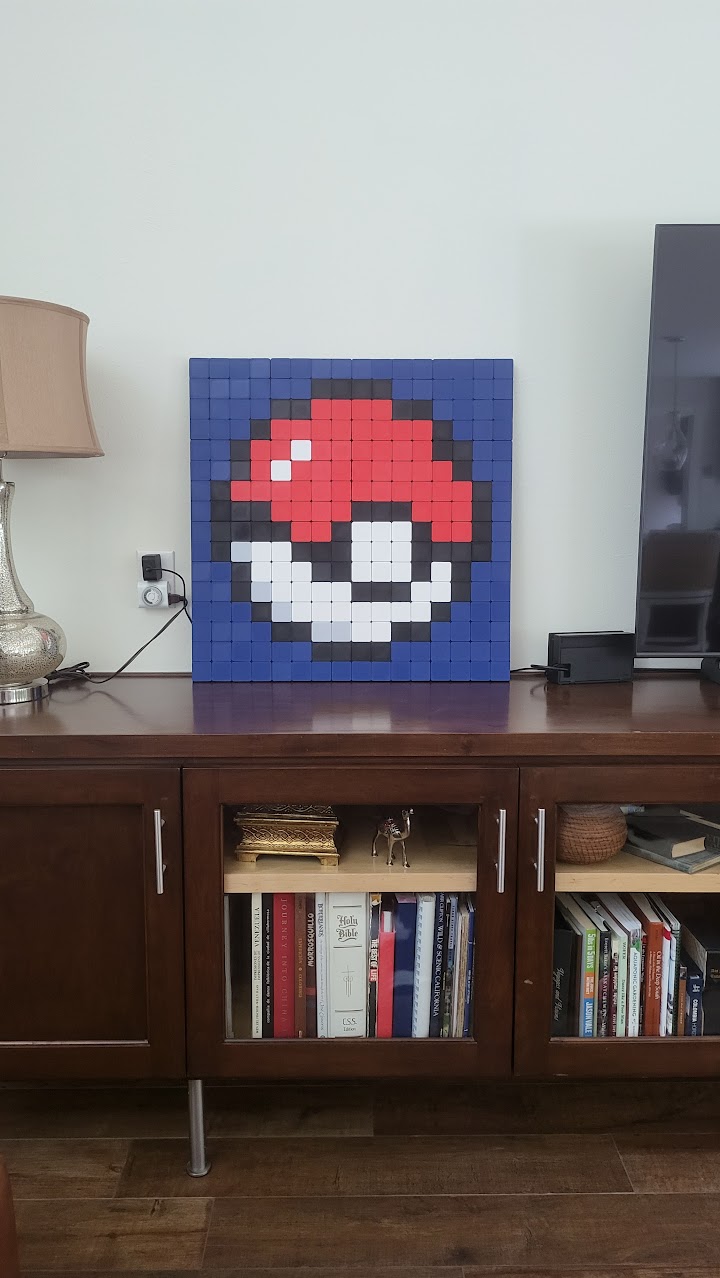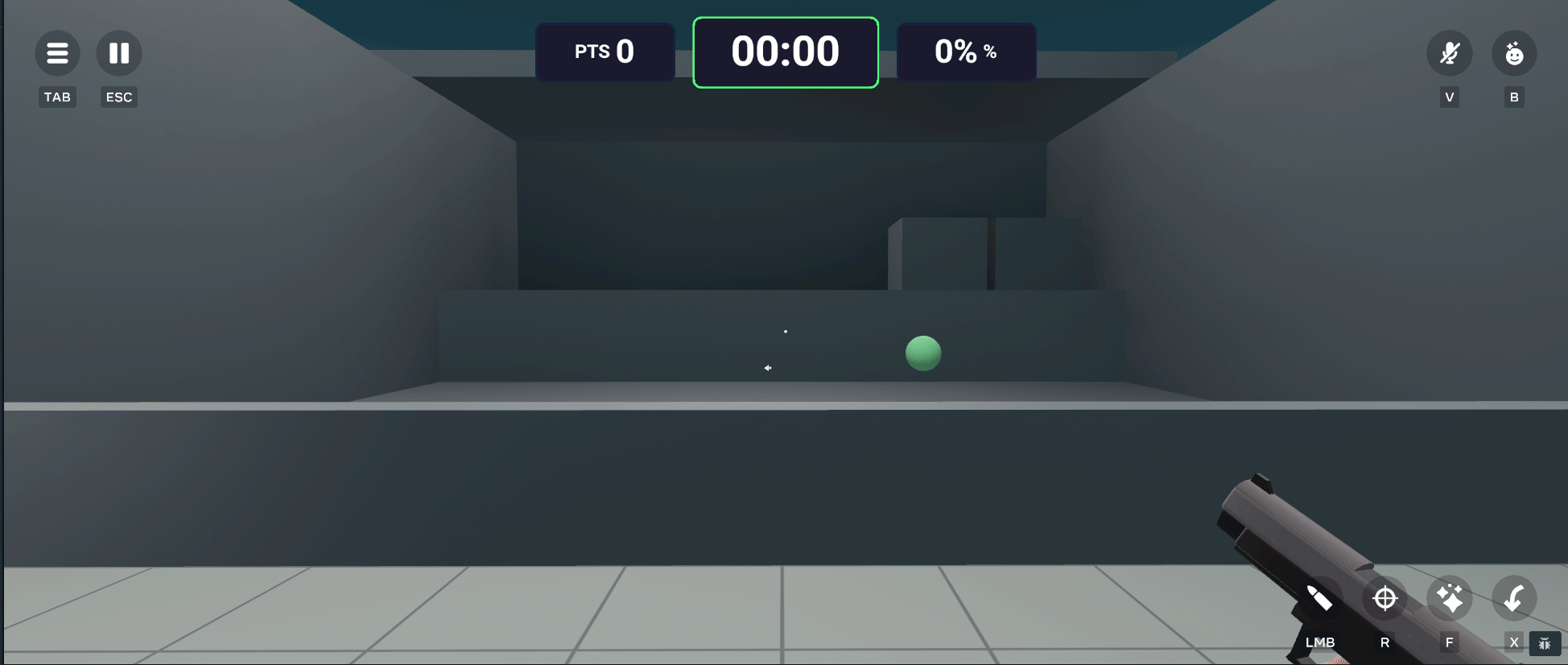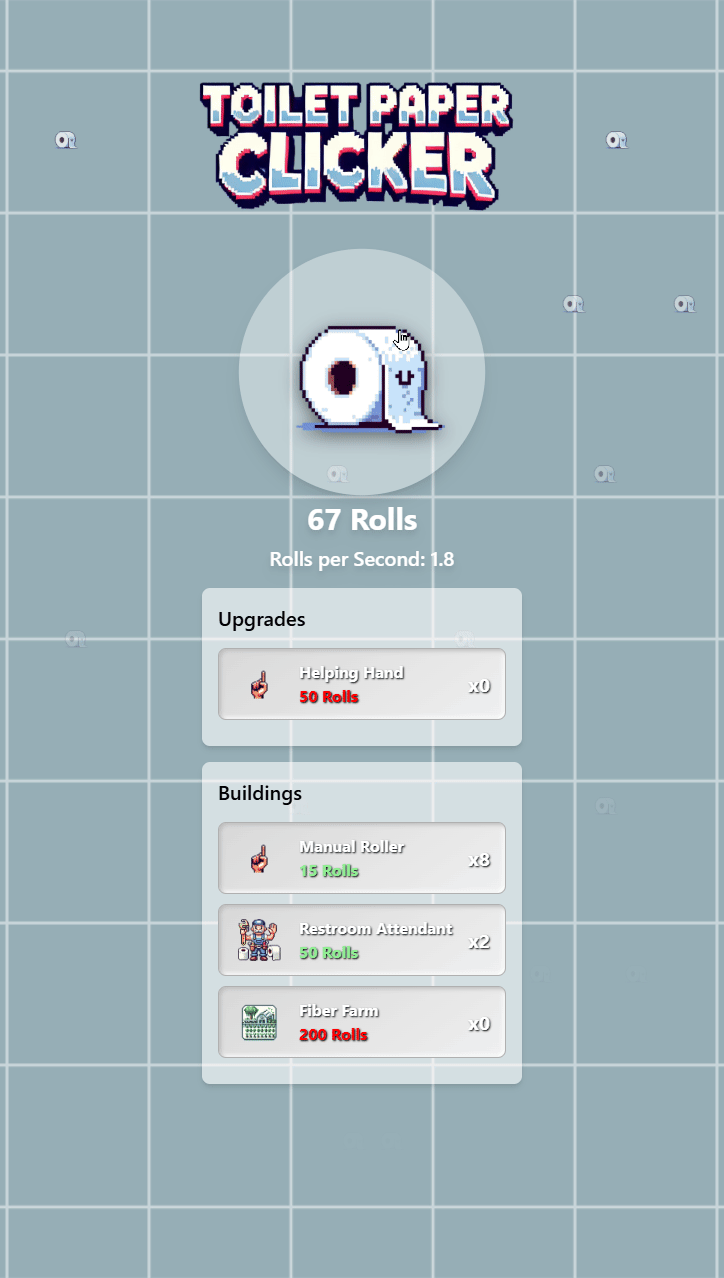When Pirate Software announced “You Are The Weapon” as the theme for Game Jam 16, I instantly had this mental image of a sword… just rolling down a hill. That’s it. No hero, no wielder—just the sword, tumbling and flailing wildly in every direction. I couldn’t get the idea out of my head, and before I knew it, I was scribbling notes for a game concept I called Swingy Swordy.
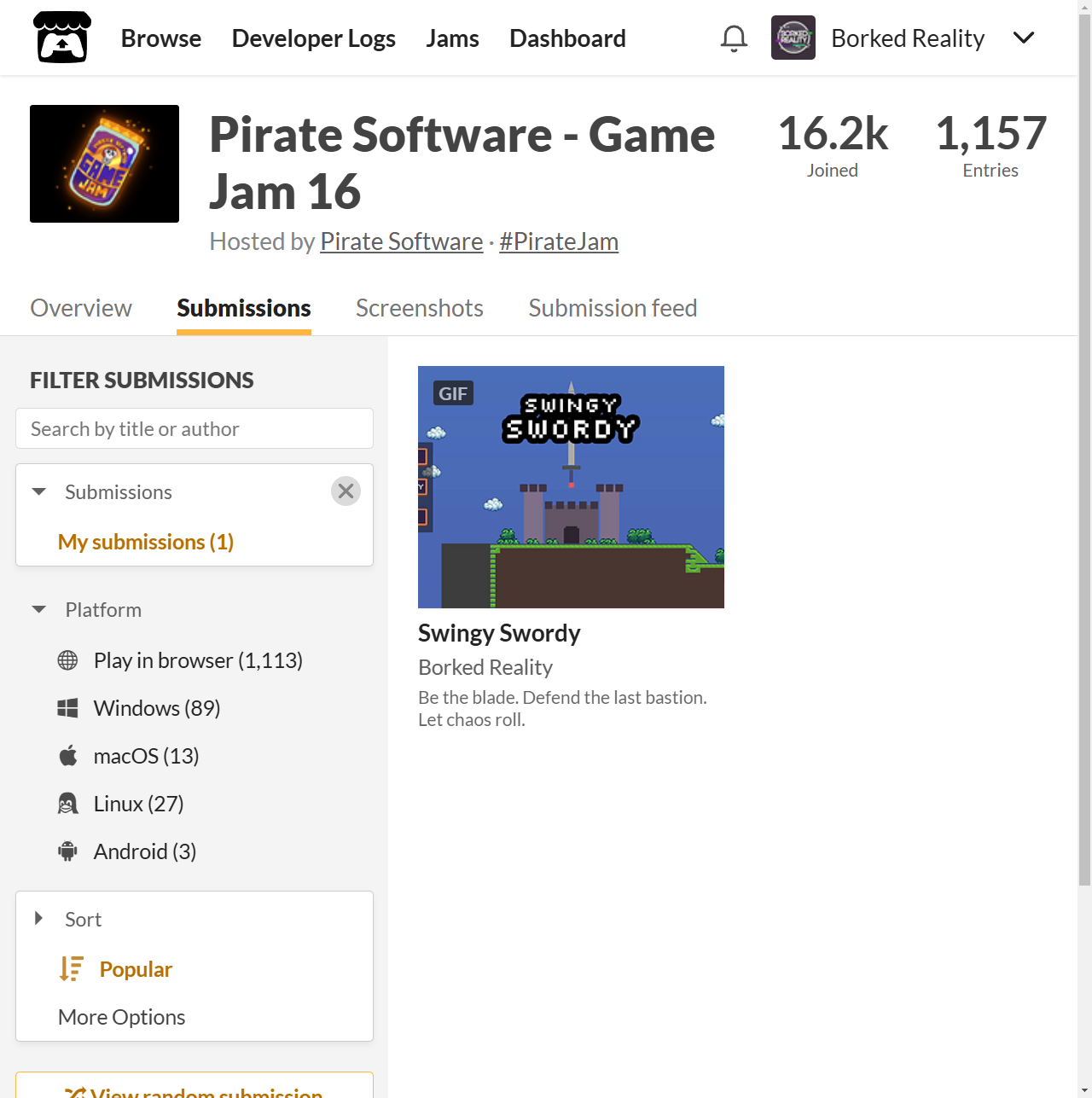
You can check out Swingy Swordy on itch.io here, or view the full submission page for Pirate Software’s Game Jam 16.
The Game Design Vision
At its core, Swingy Swordy is about chaos, momentum, and resource management. You’re a sentient sword, rolling downhill like a runaway cartwheel, with no hands to hold you steady. The only control you have is your ability to swing in either direction using the mouse wheel. That’s right—you control a sword by spinning your mouse wheel to roll and attack.
On top of that, I added a score system and energy mechanic to keep players on their toes and motivated to get as far as possible. It’s all about getting the best score before your energy runs out!
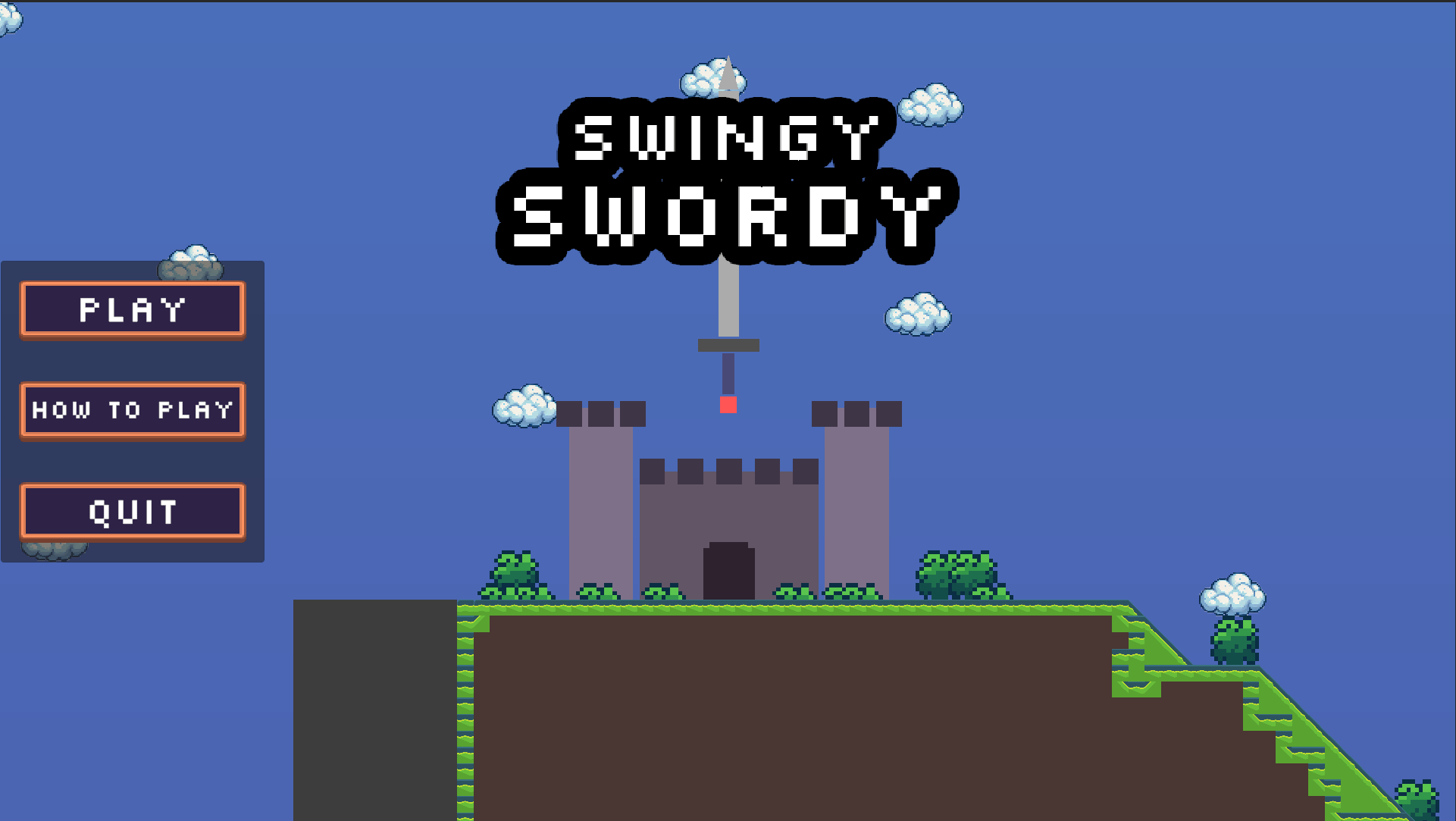
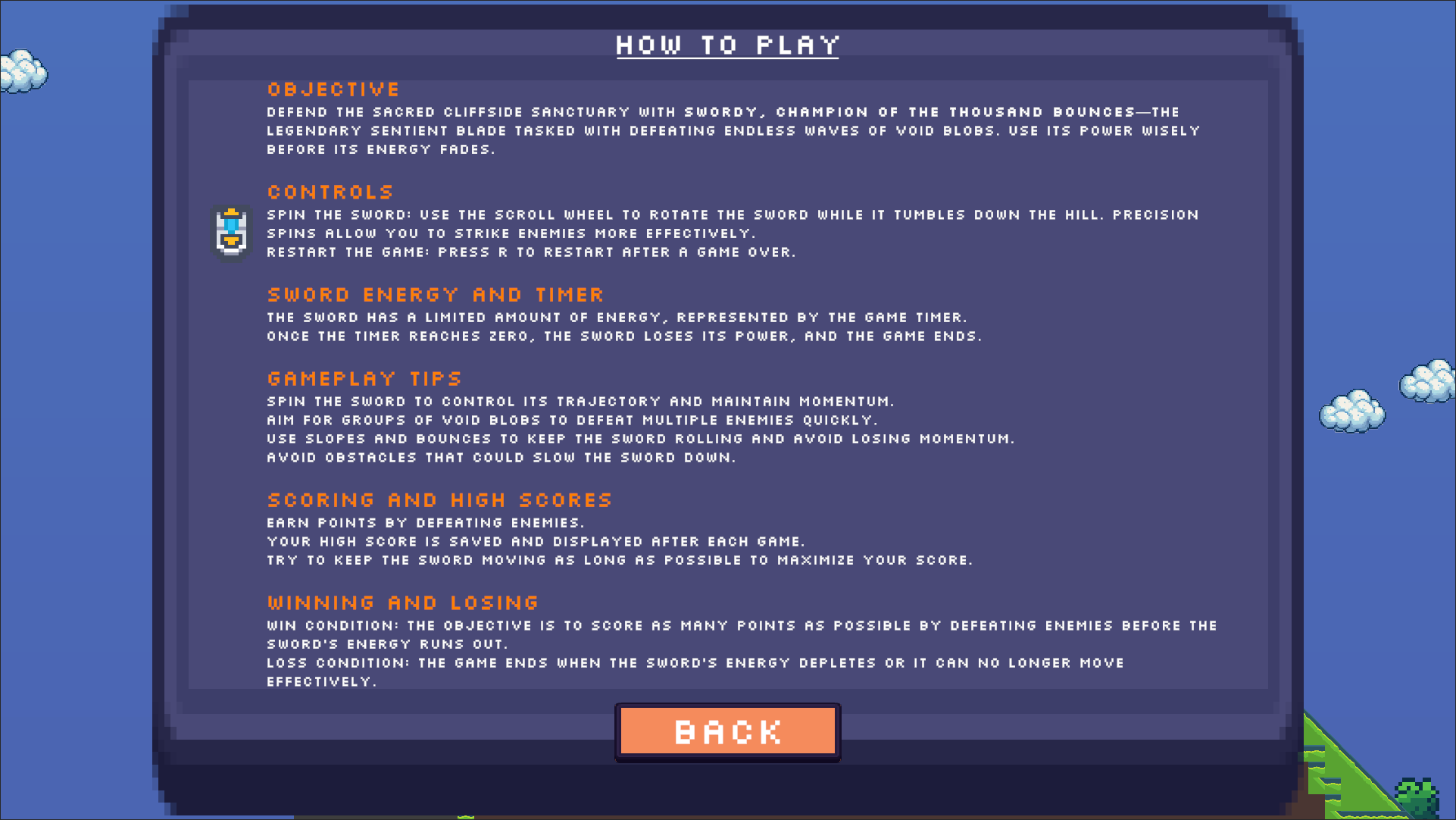
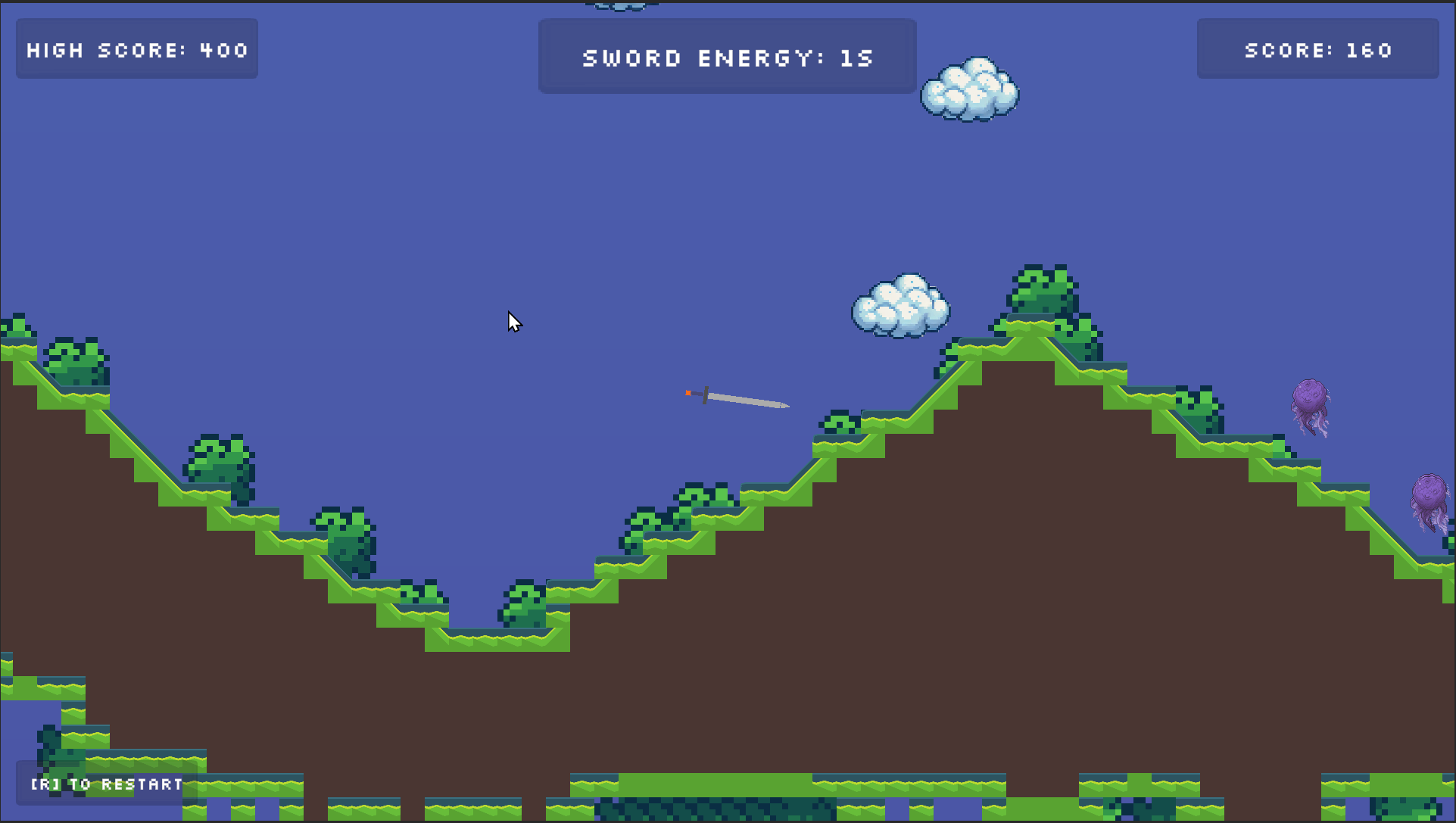
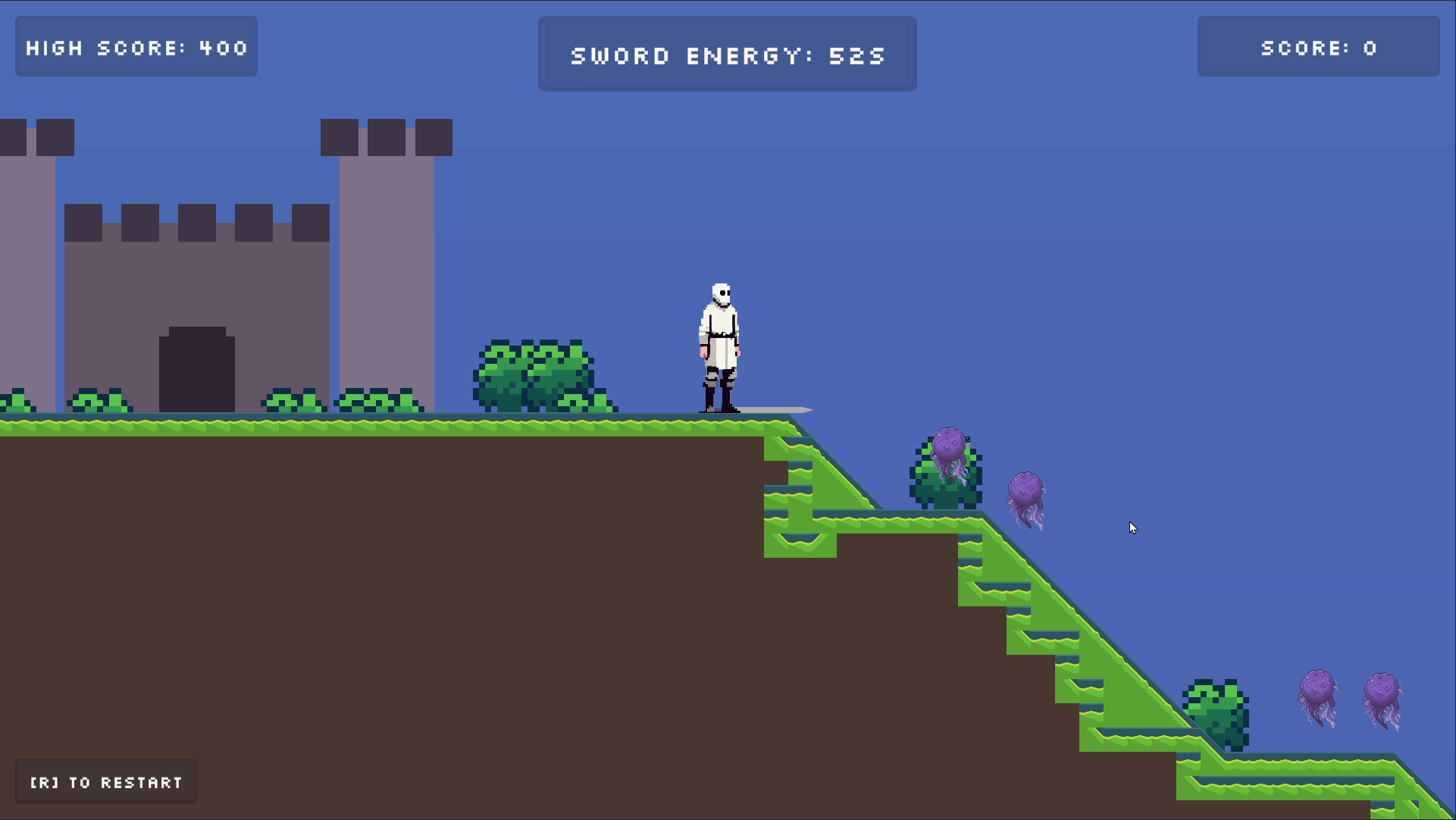
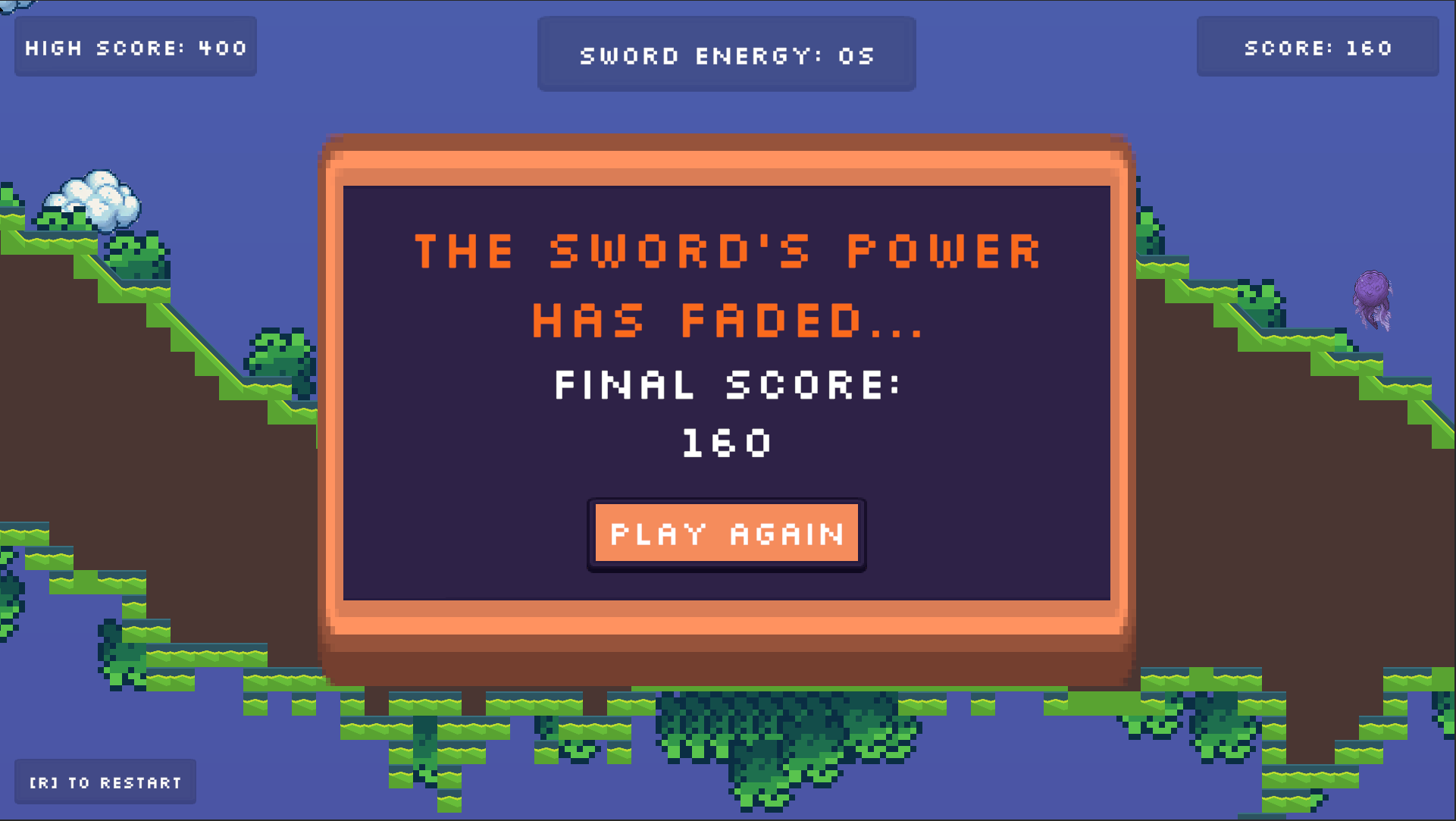
Key Mechanics & Gameplay Loop
The gameplay revolves around a few core mechanics:
1. Rolling & Swinging
- You roll automatically downhill, and your primary tool for controlling the sword is the mouse wheel.
- Rolling builds momentum, which helps you hit enemies harder if you time your swings correctly.
- Swinging isn’t just for attacking—it also shifts your weight and affects how you tumble. This adds a layer of strategy: do you swing to attack that enemy, or adjust your roll to land safely?
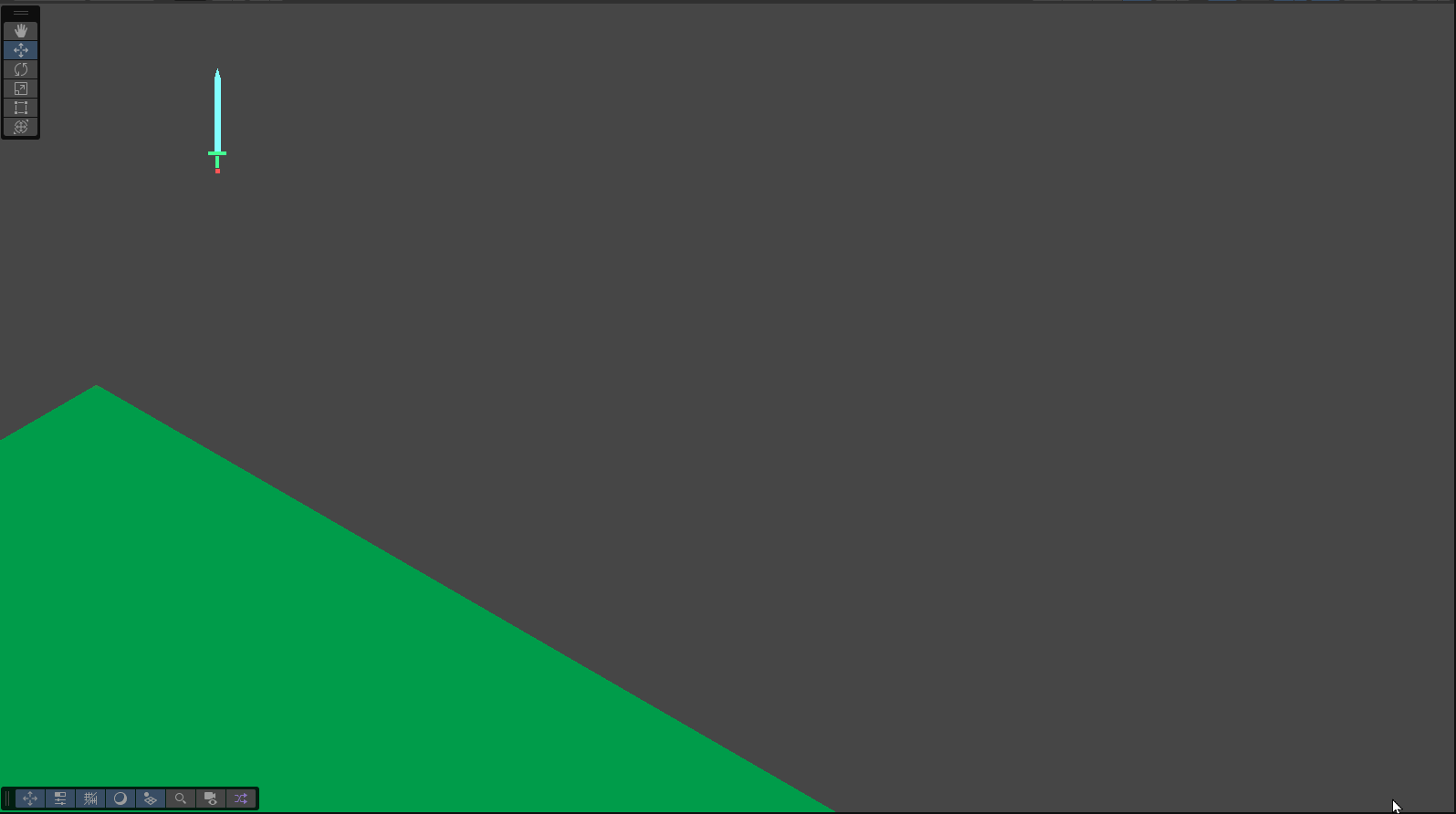
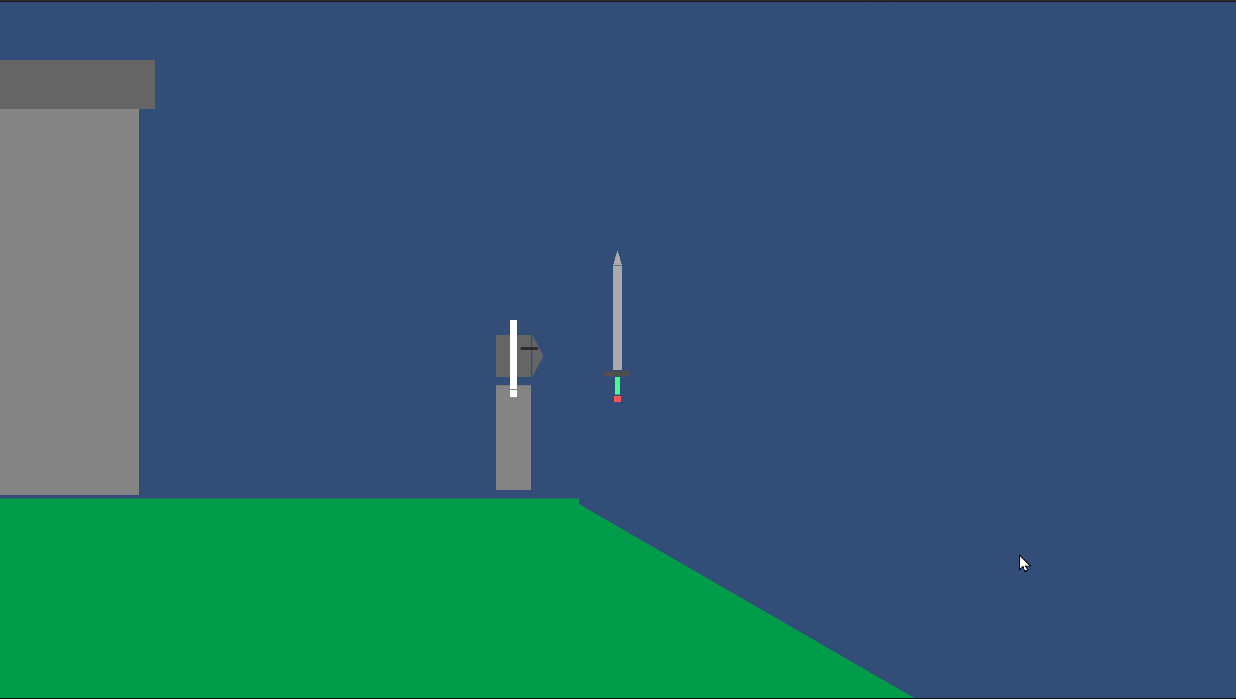
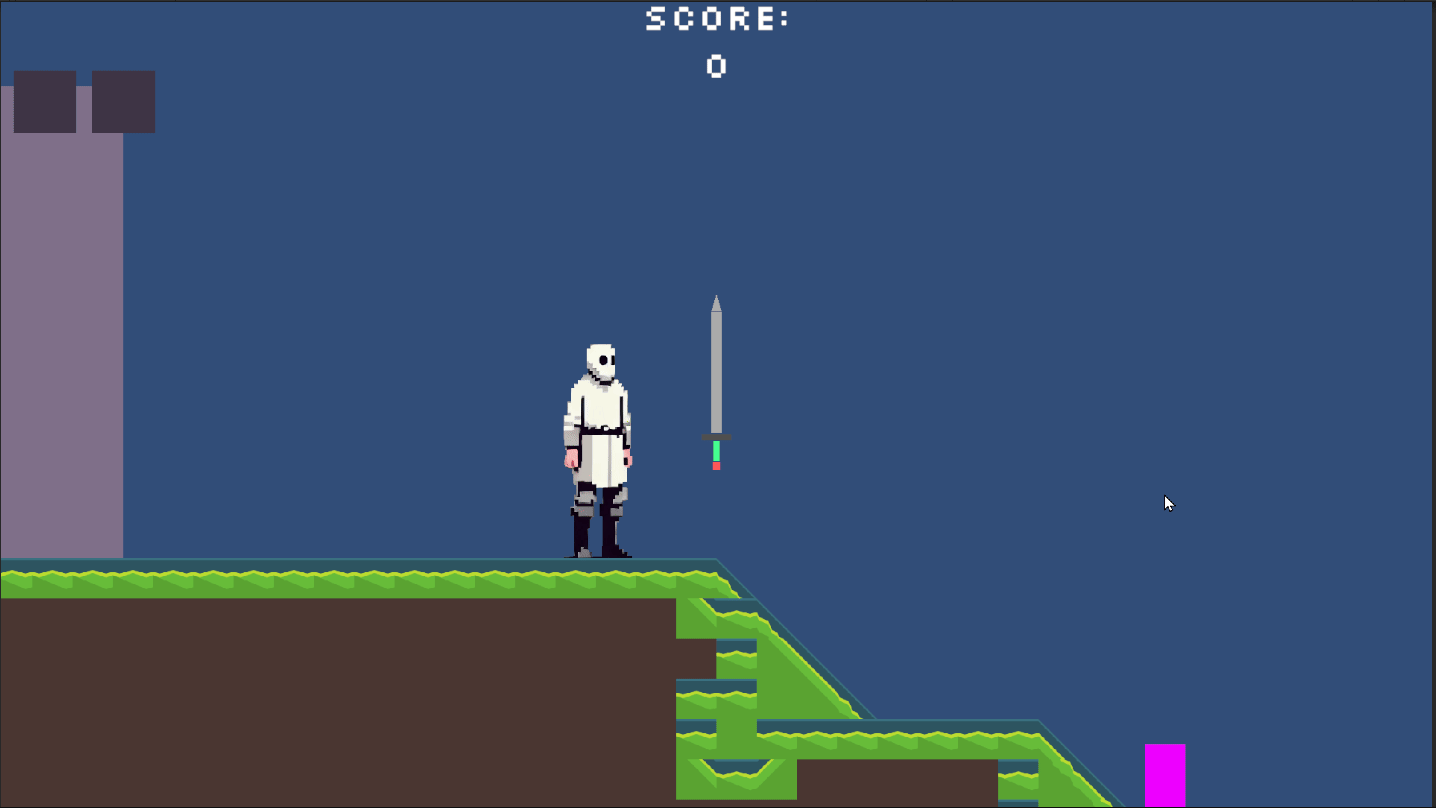
2. Sword Energy Timer
- The sword has a limited amount of energy that drains over time.
- Swinging or colliding with enemies uses up energy faster, so you need to manage it wisely.
- Once the energy runs out, it’s game over. The goal is to maximize your score before that happens.
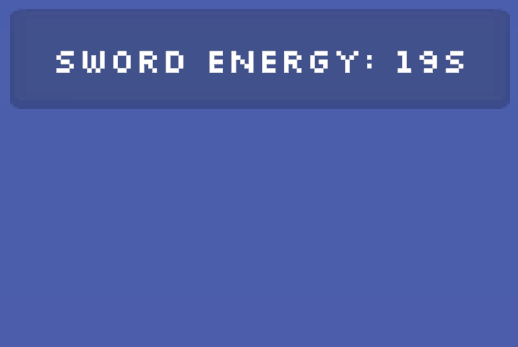
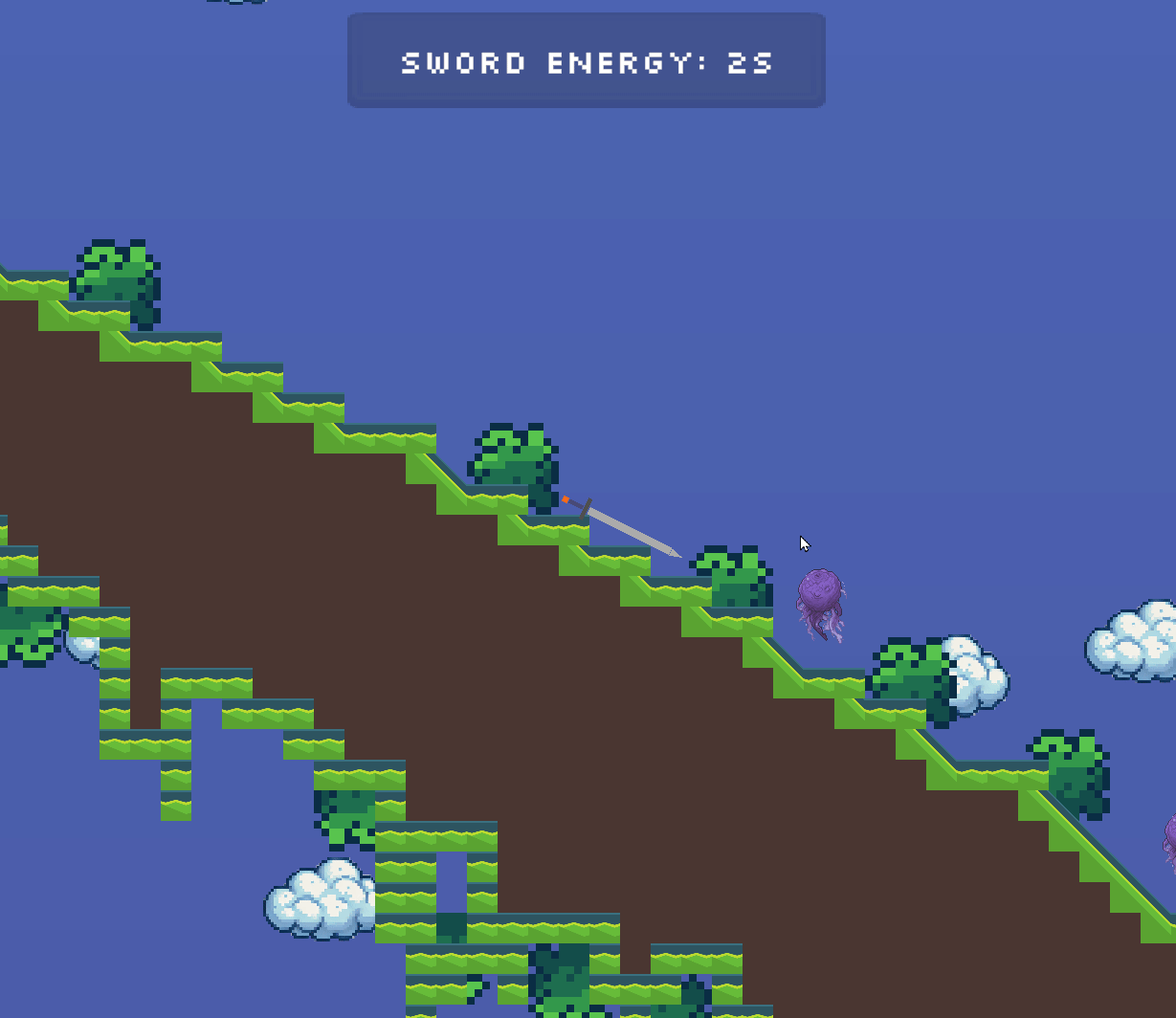
3. Scoring & High Score System
- You earn points by rolling farther down the hill and hitting enemies along the way.
- A high score system tracks your best performance, giving you something to beat each time you play.
- This adds replay value, encouraging players to experiment with strategies to optimize their score (e.g., balancing speed with energy conservation).
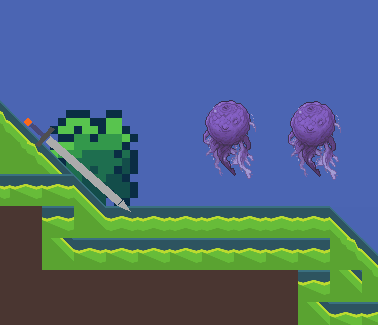
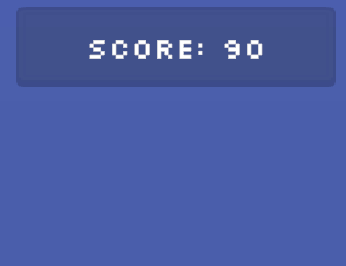
Level Design Philosophy
Since the sword’s movement can get pretty unpredictable, I had to design the level around improvisation. Players need to think on the fly, reacting to enemies, hazards, and their dwindling energy bar as they tumble downhill. I aimed to create moments where players can chain together satisfying hits if they master the timing, but also moments where things spiral out of control in hilarious ways if they get too greedy.
The level starts off fairly simple to give players a chance to get comfortable with rolling and swinging. As you progress, the obstacles and enemy placement get more demanding, making it harder to keep up your momentum while conserving energy.
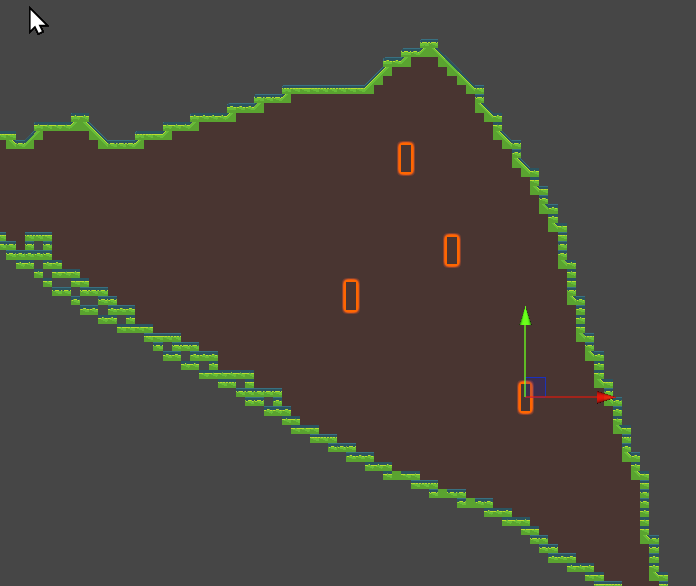
Inspirations & Design Challenges
This game definitely drew inspiration from quirky physics-based games like QWOP and Getting Over It with Bennett Foddy. I wanted to capture that same feeling of chaotic, sometimes frustrating but always funny movement. You know, the kind of game where even your mistakes turn into entertaining moments.
However, making a physics-based sword game that felt right wasn’t as simple as I thought. Some of the main challenges included:
- Balancing swing speed and momentum – Early on, the sword would spin way too fast or barely move at all. Tuning the inertia and swing force took a lot of trial and error.
- Energy balance – I wanted energy management to add pressure without making the game feel punishing. Finding the right energy drain rate took some experimenting.
- Camera control – I needed a camera that could follow the sword smoothly without making players feel disoriented. I kept it fairly loose but not so loose that players lost track of what was happening.
Why the Mouse Wheel?
You might be wondering, “Why the mouse wheel, though?” Well, I wanted the control scheme to feel as chaotic as the gameplay. There’s something tactile and weirdly satisfying about physically spinning a wheel to control your character’s movement—it’s like you’re literally winding up the sword for each attack. Plus, it’s a control method most people don’t associate with core gameplay mechanics, which adds to the novelty factor.
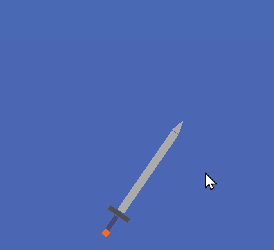
What I Would Add Next
There’s a lot more I’d love to explore with Swingy Swordy. A few ideas I’ve brainstormed include:
- Different weapon types – Imagine unlocking new weapons with unique physics and abilities:
- A giant hammer that crushes enemies but is harder to control
- A dagger that’s lightweight but bounces more
- Multiplayer sword racing – Picture racing other players, trying to out-roll and out-swing each other on chaotic obstacle courses.
- Skill-based tricks – Advanced players could learn tricks like flipping the sword mid-air for bonus points or chaining multiple enemy kills for score multipliers.
But for now, I’m happy with what I built for the jam. It’s a weird little game that challenges you to manage momentum, energy, and chaos—all while rolling downhill at full speed.
Wrapping Up
Game jams like this are always a blast because they push you to think creatively under tight time constraints. Swingy Swordy came together in a pretty short window, but it’s one of those projects that reminds me why I love game development. It’s chaotic, it’s absurd, and it’s just plain fun to make something bizarre like this.
If you’re curious about other entries from Pirate Software’s Game Jam 16, you can check them out here. And hey, if you try out the game, let me know how far your sword rolls before it crashes spectacularly! 🗡️
